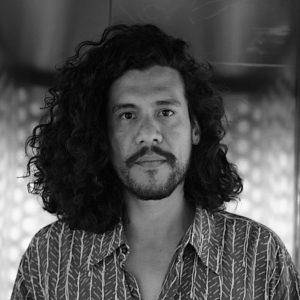Computer aided design is usually seen as a beneficial invention which liberates human fantasies and facilitates efficient design work. Craft on the other hand has always been questioning this fact especially considering the current role of computers in the art and design field. With the recent advancements and the ease of access to computers, we are approaching another episode of technium, as termed as Kevin Kelly, where analog knowledge from the past decades can be comfortably transferred to digital tools.
The bespoke advancements have enabled architects to design with complex geometries. In order to convert these digital data sets into physical reality, digital fabrication technology has become crucial and, in turn, has stimulated the field of architectural geometry. With the promise of providing lead over time in subtractive manufacturing, wire cutting has emerged as a popular machining technique in the past decade allowing large scale stereotomy of complex forms.
Stereotomic voussoir geometric complexity is directly characterized by the technical possibilities available to produce them, hence the introduction of robotic manufacturing. In this context, robotic subtractive cutting enables design-to-production processes that integrate craftsmanship with advanced manufacturing technology.
Ruled surfaces, part of our architectural vocabulary for centuries, are a way to address both simplicity in terms of design rules and at the same time complexity in terms of the outcome. Particularly with the development of recent fabrication technologies, in this workshop we aim for defining design rules which are performance driven, to obtain complex modular geometries .Through parametrization and manipulation of computational workflows we hope to generate complex paths and map it as surface textures that can perform as sound mitigation blocks.

Photo Credits: ETH Zürich/The Computational Robotics Lab
Learning Objectives
At course completion the student will:
- link between design form and functionality through investigative processes;
- Understand the principles of ruled surfaces;
- Create logical ruled surfaces parametrization;
- Learn robotic fabrication protocols;
- Learn the principles of hot wire cutting fabrication using 6 axis robotic arms.







